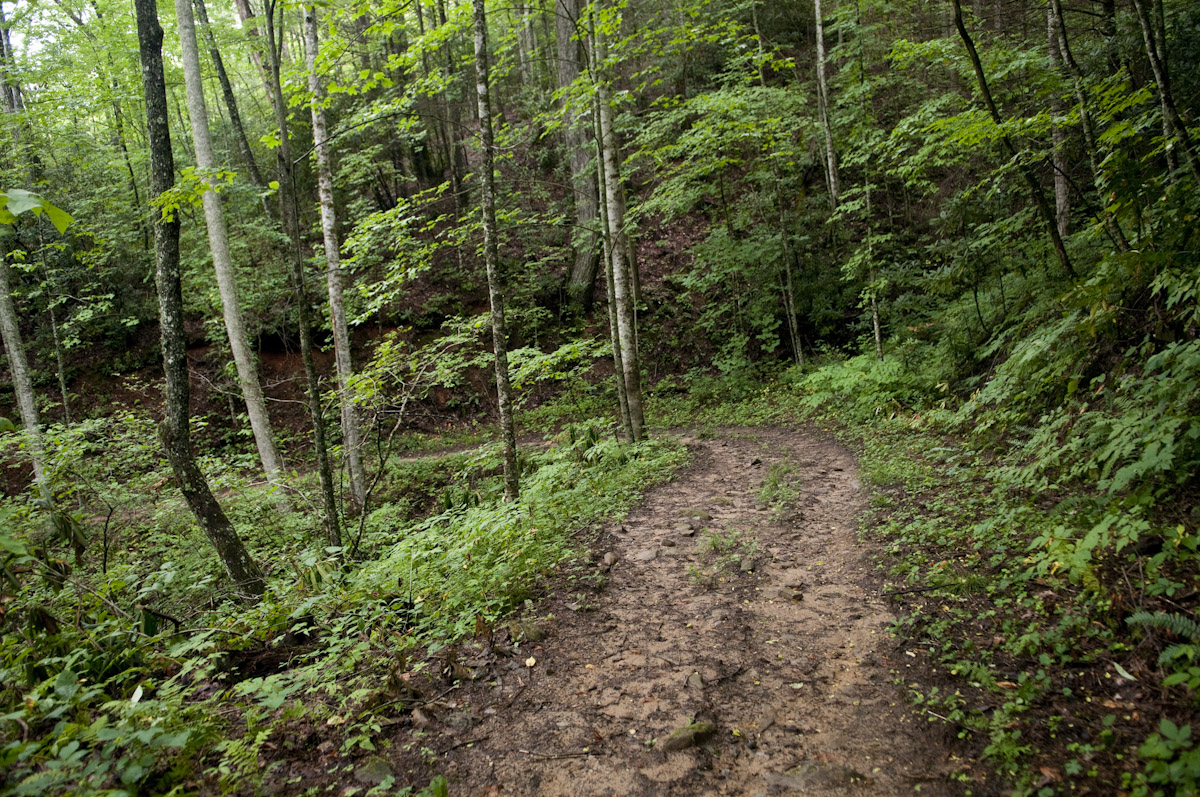One of the things that most people say that you ought to take with you when you hit the trail for a day or several days of hiking, is a first aid kit. You need to have a small kit with you so that you are prepared for those odd accidents that occur on the trail while you are hiking. This kit should be small enough to fit in your backpack and should be sized in direct correlation to the length of time you are going to be spending on the trail.
Things to make sure you have in your first aid kit (this is a place to start not the end-all-be-all):
 Self-Adhesive Bandages – Seems like it is obvious but a box of multi-sized, self-adhesive bandages is a must. If you get a scrap or a cut, you will be prepared to stop the bleeding.
Self-Adhesive Bandages – Seems like it is obvious but a box of multi-sized, self-adhesive bandages is a must. If you get a scrap or a cut, you will be prepared to stop the bleeding.- Disinfectant Spray – Another easy to explain item. It is nice to have something to disinfect those cuts when they happen.
- Gauze & Gauze Tape – Good for cuts and abrasions that need a little more treatment than a BandAid. Carry enough gauze rolls to treat a wound and at least 4-5 4 inch gauze pads.
- Alcohol Swabs – Great for cleaning a scrap or a cut. These sting a little but they are small and easy to carry. Remember though your goal is to leave no trace – pack out what you take in.
- Aspirin – A no brainer. Pick your favorite painkiller and keep some in your first aid kit.
- Triple-Antibiotic Ointment – First line of defense for any cut or scrap whether you are on the trail or at home. A little tube of this in your first aid kit does not take up much room and is perfect for easy the pain on that cut, keeping it clean and making it feel better.
- Tweezers – Splinters, bits of wood, glass, whatever may have found its way into your body, a simple pair of tweezers can remove that object quickly and easily.
- Moleskin – For blisters, this si the best relief ever invented. Keep a roll of it in your pack even if it is not in your first aid kit.
- Water-Proof Matches – A good rule of thumb is to pack for your day hike as if you might end up spending the night. Waterproof matches are have coated heads that will allow them to light even if you are caught in a downpour.
- Magnesium Based Firestarter – If you have to start a small fire, you will not be able to depend on finding enough tender to make a fire or that the tender you find will be dry enough to light. A magnesium firestarter comes with a bar of magnesium that can be shaved off into your tender or campfire. With a waterproof match or with a strike of flint on soem steel you will have a nice fire going without any problem.
- Signal Mirror – A small highly polished mirror that an allow you to signal passing aircraft or people that you see on other trails.
- Reflective Emergency Blanket – This reflective blanket harnesses the light and your own body heat to form a temperature barrier between you and the cold. Staying warm when you find yourself on the trail, stuck overnight.
The best thing is that you can buy small pre-made first aid kits with almost everything you need. Stop by your favorite big box store and pick up those first aid supplies that you think you might need on the trail .


 The southern tip of the Appalachian Mountains, with its temperate climate, slow changes in elevation and lush greenery, is a haven to hikers from around the world. People flock to the Smokies especially to spend time on any number of trails, but the trail that is most popular and the one that a lot of people want to tackle part of is the Appalachian Trail. One end of the AT starts in the Smokies, in northern
The southern tip of the Appalachian Mountains, with its temperate climate, slow changes in elevation and lush greenery, is a haven to hikers from around the world. People flock to the Smokies especially to spend time on any number of trails, but the trail that is most popular and the one that a lot of people want to tackle part of is the Appalachian Trail. One end of the AT starts in the Smokies, in northern 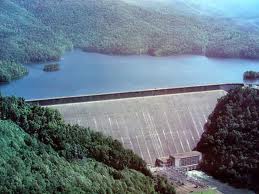 One of the next high points on the trail that you will come across is Fontana Dam. At this point on the AT you have made your way into North Carolina, your second state if you are heading north from Georgia. Fontana Lake is one of those TVA created lakes that took in the small towns of Judson and Proctor (near present day
One of the next high points on the trail that you will come across is Fontana Dam. At this point on the AT you have made your way into North Carolina, your second state if you are heading north from Georgia. Fontana Lake is one of those TVA created lakes that took in the small towns of Judson and Proctor (near present day  If you were to hike from the Newfound Gap trailhead and continue northward the next focal point you are going to come to is
If you were to hike from the Newfound Gap trailhead and continue northward the next focal point you are going to come to is 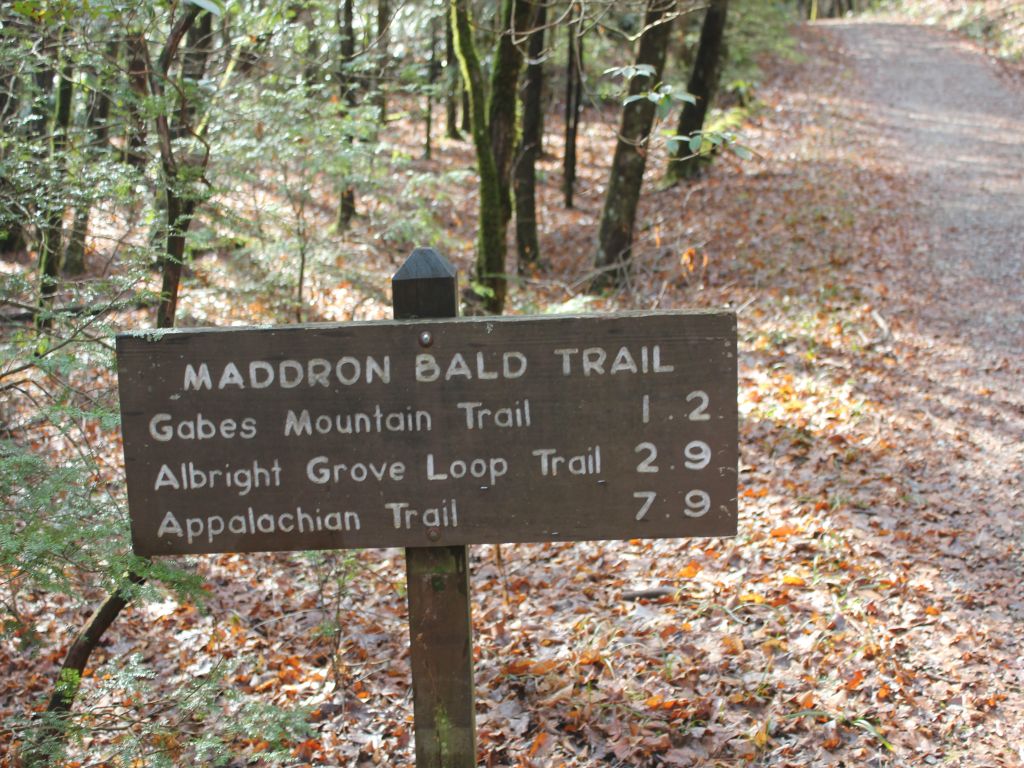
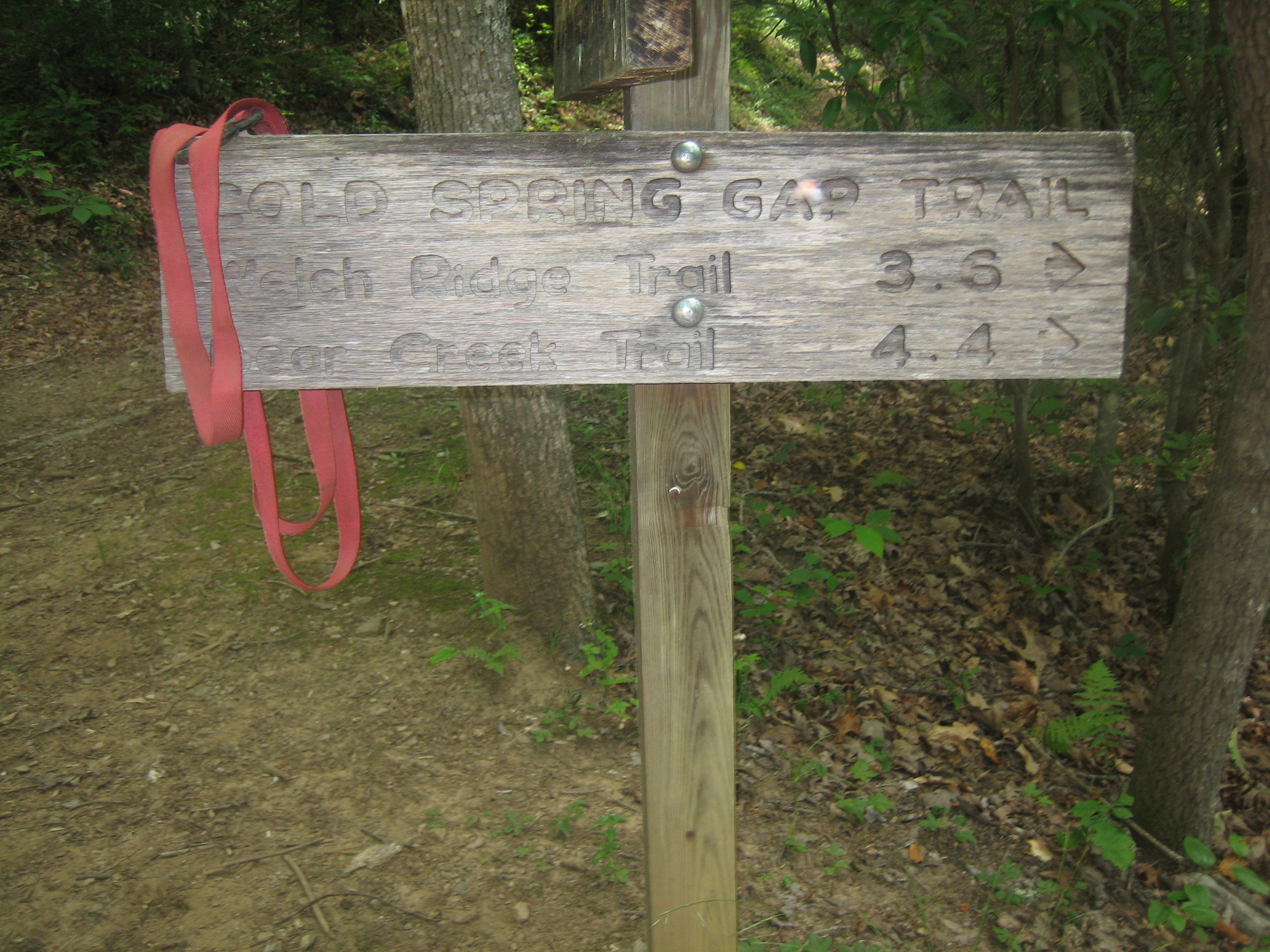
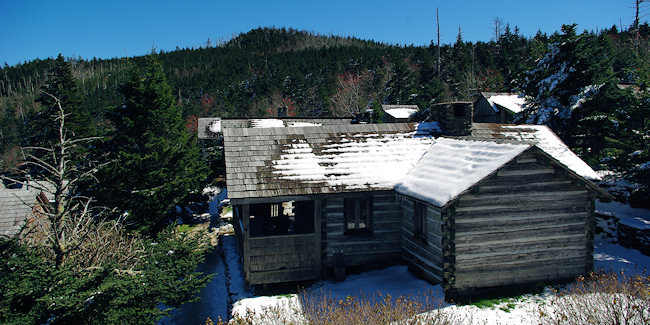
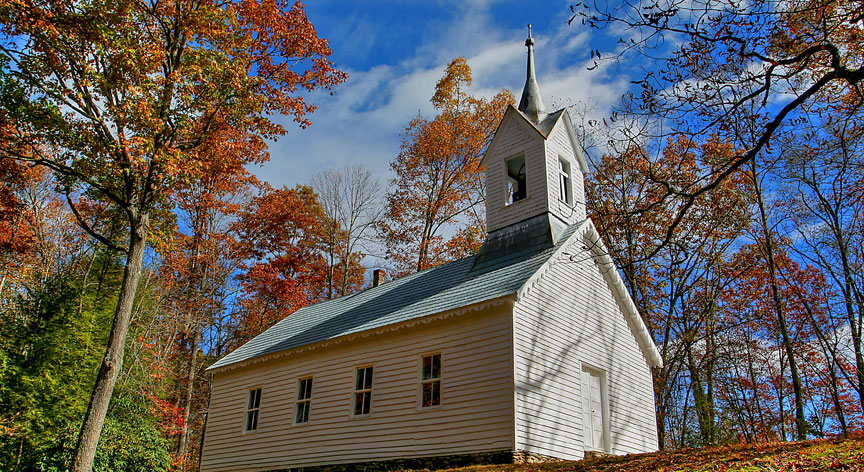
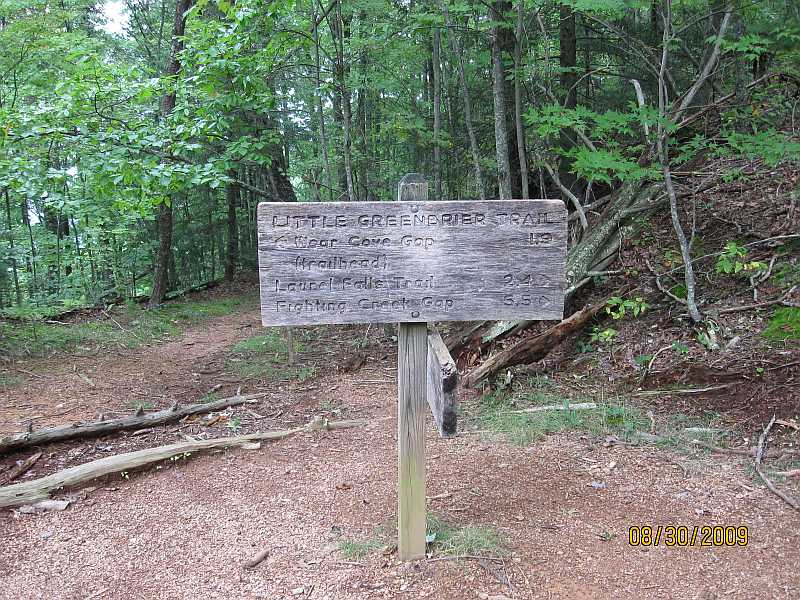
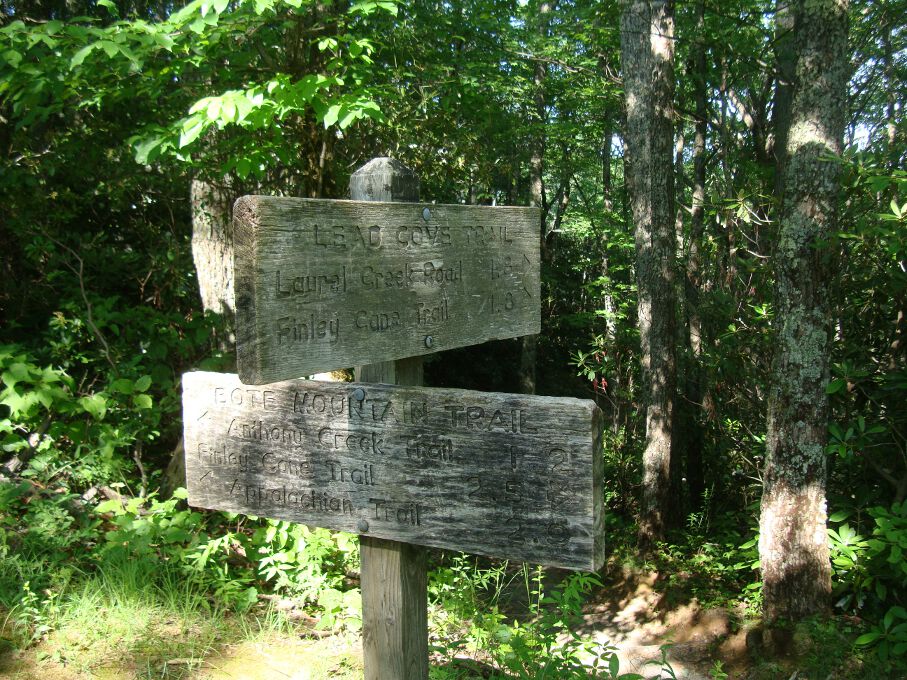
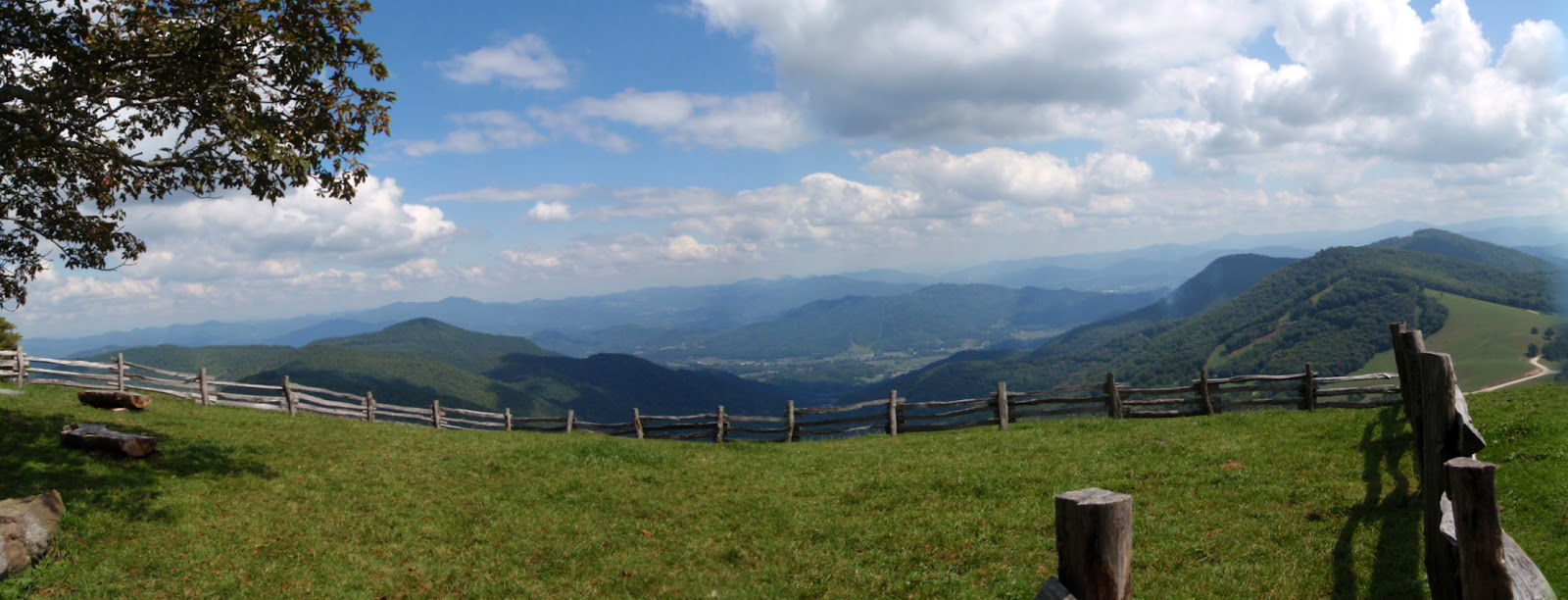
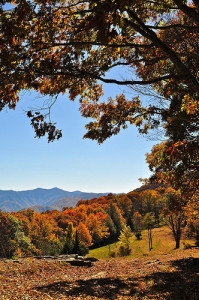 The Hemphill Bald Trail is the furthest trailhead on the right at the parking area. Once you’ve started hiking, you’ll notice the Caldwell Fork Valley to the left of the trail. Sugar maples, ferns, and a few remaining chestnuts can be found on this part of the hike as you reach Whim Knob a mile in.
The Hemphill Bald Trail is the furthest trailhead on the right at the parking area. Once you’ve started hiking, you’ll notice the Caldwell Fork Valley to the left of the trail. Sugar maples, ferns, and a few remaining chestnuts can be found on this part of the hike as you reach Whim Knob a mile in.